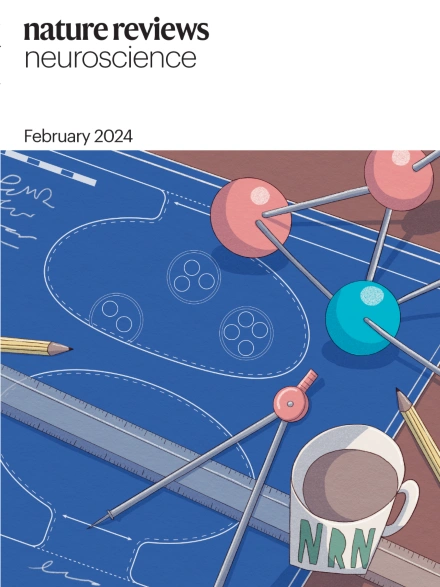修复关节软骨:从结构,组成和发展的见解
IF 32.7
1区 医学
Q1 RHEUMATOLOGY
引用次数: 0
摘要
关节软骨可以承受关节内的大量压缩和剪切力,也可以减少运动过程中的摩擦。关节软骨的特殊力学性能源于其高度组织的细胞外基质(ECM)。ECM主要由II型胶原蛋白组成,在其富含蛋白聚糖的基质中赋予组织机械耐久性方面起着关键作用。关节软骨容易损伤和退变,目前的治疗往往不能恢复该组织的机械功能。一个关键的挑战是复制复杂的胶原蛋白-蛋白聚糖网络,这对组织的持久修复和机械耐久性至关重要。了解关节软骨的发育,发生在胚胎晚期和幼年早期发育之间,对于创造持久的治疗策略是至关重要的。关节ECM的发展涉及II型胶原网络的生物合成、纤维形成和自组装,它与蛋白聚糖和次要ECM成分一起塑造了成人关节软骨的结构。对这些过程的深入了解可以为旨在改善治疗结果的基于生物材料的治疗提供信息。新兴的生物制造技术为将发育原理整合到制造耐用关节软骨植入物中提供了新的机会。将基础生物学与创新工程相结合,为关节软骨修复提供了更耐用的3D植入物的新方法。本文章由计算机程序翻译,如有差异,请以英文原文为准。


Restoring articular cartilage: insights from structure, composition and development
Articular cartilage can withstand substantial compressive and shear forces within the joint and also reduces friction during motion. The exceptional mechanical properties of articular cartilage stem from its highly organized extracellular matrix (ECM). The ECM is composed mainly of collagen type II and is pivotal in conferring mechanical durability to the tissue within its proteoglycan-rich matrix. Articular cartilage is prone to injury and degeneration, and current treatments often fail to restore the mechanical function of this tissue. A key challenge is replicating the intricate collagen–proteoglycan network, which is essential for the long-lasting restoration and mechanical durability of the tissue. Understanding articular cartilage development, which arises between late embryonic and early juvenile development, is vital for the creation of durable therapeutic strategies. The development of the articular ECM involves the biosynthesis, fibrillogenesis and self-assembly of the collagen type II network, which, along with proteoglycans and minor ECM components, shapes the architecture of adult articular cartilage. A deeper understanding of these processes could inform biomaterial-based therapies aimed at improving therapeutic outcomes. Emerging biofabrication technologies offer new opportunities to integrate developmental principles into the creation of durable articular cartilage implants. Bridging fundamental biology with innovative engineering offers novel approaches to generating more-durable 3D implants for articular cartilage restoration. Insights from the composition, structure and development of articular cartilage are key for long-term therapeutic strategies to restore articular cartilage. The authors emphasize that future therapies should replicate the depth-dependent alignment of collagen and its interactions with the extracellular matrix to produce implants that mimic the biomechanical properties of cartilage.
求助全文
通过发布文献求助,成功后即可免费获取论文全文。
去求助
来源期刊

Nature Reviews Rheumatology
医学-风湿病学
CiteScore
29.90
自引率
0.90%
发文量
137
审稿时长
6-12 weeks
期刊介绍:
Nature Reviews Rheumatology is part of the Nature Reviews portfolio of journals. The journal scope covers the entire spectrum of rheumatology research. We ensure that our articles are accessible to the widest possible audience.
 求助内容:
求助内容: 应助结果提醒方式:
应助结果提醒方式:


